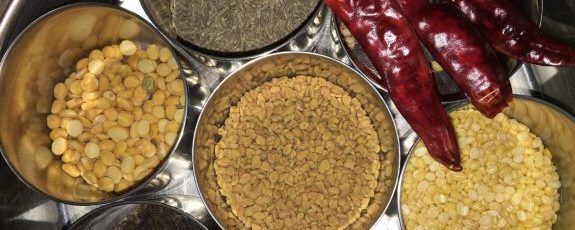Gluten allergy is the umbrella term for all diseases triggered by gluten. Currently, their incidence is increasing in most geographic areas of the world. This can possibly be explained by the growing westernisation of diets, the increasing use of wheat-based foods.
Did you know?
In recent years new types of wheat with a higher amount of gluten in bread and bakery products were developed. This helps reduce dough fermentation time. There are no gluten free bakery products for this reason. This probably seems to be the chief cause of gluten allergy.
Gluten allergy or wheat allergy
People can also experience adverse effects from wheat as result of a wheat allergy. As with most allergies, wheat allergy causes the immune system to abnormally respond to gluten, a component of wheat that it treats as a threatening foreign body. An allergic reaction to wheat has a fast onset (from minutes to hours) after the consumption of wheat and could include anaphylaxis.
3 signs that say you may have gluten allergy
- Do you have digestive issues such as gas, bloating, loose stools with or without burning in your rectum or constipation after eating gluten rich diet?
- Have you experienced fatigue, body pain or tiredness after eating foods that contain gluten?
- Do your joints of fingers, knees and hips swell after eating a gluten rich diet?
Do we have any gluten free foods?
Although rice is a part of a Southern Indian meal, Indians have traditionally consumed millets. Gluten allergy was an unknown term in India until recent years. In India, millets such as Jowar, Bajra and Ragi have been used in different parts of India from a very long time. Indian foods are largely gluten free foods.
Jowar or Sorghum is a crop which is next more popular cereal crop after rice and wheat. In contrast to wheat, jowar does not cause gluten allergy. Jowar is safe to consume. Although jowar has more nutrients packed in it, it is lighter on the stomach and digests well. Above all, jowar is lighter on the stomach, breaks down slowly and reduces blood sugars. Therefore, jowar is harmless on people with diabetes.
Jowar is mostly consumed in the form of roti or flattened Indian bread made by roasting it on an iron pan. Vegetables are the usual side dish to go with Jowar Roti.
How to make Jowar Roti?
Ingredients to prepare Jowar Roti
- Cooking Pan
- Two cups water
- A pinch of salt
- Two teaspoons of cooking oil
- 1 cup gluten free jowar flour
Method to make Dough from Jowar Flour
- Pour two cups water in the cooking pan. Add a pinch of salt and two tea spoons of oil. Place the pan on a stove with high flame and bring the water to boil.
- When water begins to boil, turn the flame to simmer. Add 2 cups jowar flour to the water. Allow it to cook for 2-5 minutes. Do not stir. This process of cooking jowar makes the dough soft. You do not have to add wheat to make it elastic. So, it is completely gluten free.
- Switch off the stove and then stir the flour to make a soft dough.
- Roll the dough to flatten it into a rounded shape roti.
- Dry fry it or with oil/ghee to prepare your jowar roti.
This quantity of jowar roti can serve a family of 4 people. Happy eating.





Thank you Dr. Mahesh Garu, Each article is bringing wisdom ,to my day to day life.